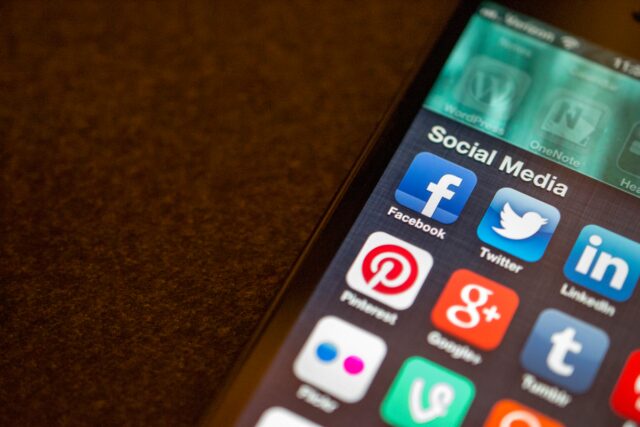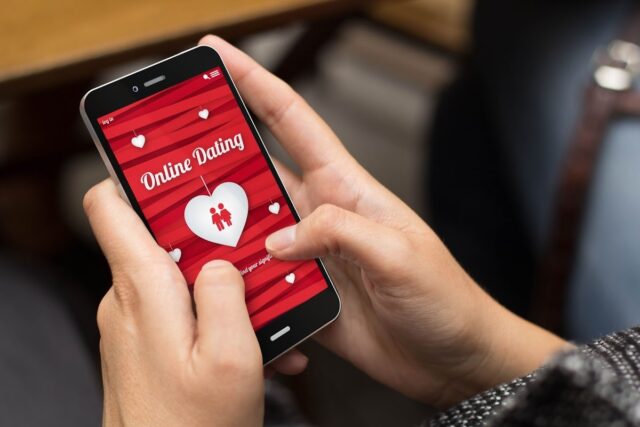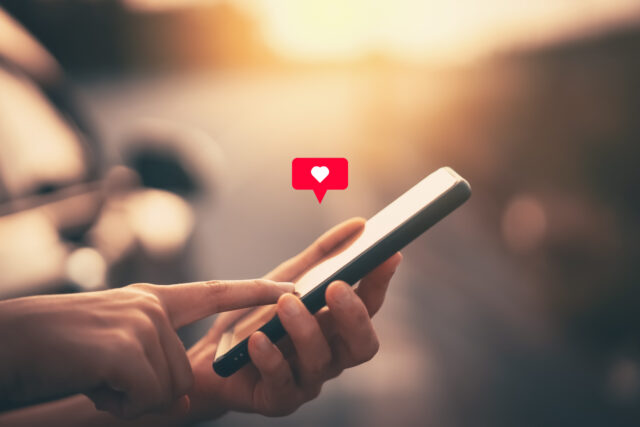The world of dating has undergone a massive transformation over the last few decades. From traditional courtship rituals to the rise of online dating platforms, technology has played a significant role in shaping the way we form romantic relationships.
With the advent of smartphones and social media, digital dating has become increasingly popular, providing new opportunities and challenges for singles seeking love and companionship.
In this blog post, we will explore how technology is changing the landscape of relationships, including the benefits and drawbacks of digital dating, the impact of social media on relationship formation and maintenance, and the future of online dating.
The Rise of Online Dating
It has exploded in popularity in recent years, with a growing number of people turning to digital platforms to find love. According to a study by the Pew Research Center, 30% of U.S. adults have used online dating services, with the number rising to 48% among 18- to 29-year-olds. This trend is not limited to the United States; it is a global phenomenon, with countries like China, India, and Brazil experiencing rapid growth in the industry.
One of the main drivers of the rise of online dating is the convenience and accessibility it offers. Digital dating platforms allow users to browse potential partners from the comfort of their own homes, at any time of the day or night.
This is particularly appealing to busy professionals or those who live in rural areas with limited dating options. It’s important to note that not all digital dating platforms are focused solely on romantic relationships – there are also apps and websites that cater to those seeking companionship or an escort service, providing another avenue for people to connect and form meaningful relationships.
Adult dating sites for casual dating provide a space for adults to connect and engage in short-term relationships, hookups, or casual dating without the expectation of a long-term commitment. Users on these sites are typically looking for fun, physical interactions, and shared experiences without the emotional attachment often associated with traditional dating.
It’s important to ensure that you’re using a reputable and secure adult dating site and to communicate your intentions clearly with potential matches to ensure a mutually enjoyable experience.

Another advantage of online dating is the ability to screen potential partners based on specific criteria. These apps and websites often use algorithms to match users based on factors like age, location, interests, and personality traits. This can help narrow down the pool of potential partners and increase the likelihood of finding a compatible match.
However, online dating also has its drawbacks. One of the biggest challenges is the potential for deception and misrepresentation. Users may exaggerate their physical appearance, income, or lifestyle in order to attract more attention from potential partners. This can lead to disappointment and disillusionment when the truth is eventually revealed.
Another concern is the prevalence of online harassment and abuse. Dating apps and websites have struggled to combat the problem of unsolicited messages, explicit content, and other forms of inappropriate behavior. This can create a hostile and unsafe environment for users, particularly women and members of marginalized communities.
Social Media and Relationship Formation

In addition to online dating, social media has also played a significant role in changing the landscape of relationships. Platforms like Facebook, Instagram, and Twitter provide new opportunities for people to connect with others and form romantic relationships.
One of the key benefits of social media is the ability to meet new people outside of traditional dating contexts. For example, a person may meet a potential partner through mutual friends or shared interests on a social media platform. This can lead to more natural and organic relationship formation, without the pressure and expectations of a traditional first date.
Social media also allows for greater transparency and authenticity in relationship formation. Users can get a more comprehensive understanding of a potential partner’s interests, values, and personality through their social media presence. This can help build trust and connection, as well as provide valuable information for assessing compatibility.

However, social media also has its downsides when it comes to relationships. One of the main concerns is the impact of social media on jealousy and trust issues. Social media provides a constant stream of information about a person’s social life, including their interactions with other people. This can lead to feelings of jealousy and insecurity, particularly if a partner is interacting with someone of the opposite sex or expressing romantic interest in someone else.
Another challenge is the potential for social media to contribute to relationship breakdowns. Platforms like Facebook and Instagram can make it easier to keep in touch with ex-partners, which can create complications and feelings of resentment Furthermore, social media can also create pressure and unrealistic expectations in relationships.
Couples may feel the need to present a perfect image of their relationship online, which can be difficult to maintain and may not reflect the reality of the relationship. This can create stress and anxiety for both partners, as well as contribute to feelings of inadequacy and dissatisfaction.
The Future of Digital Dating

As technology continues to advance, the world of digital dating is likely to evolve even further. One of the key areas of development is the use of artificial intelligence (AI) and machine learning algorithms in matchmaking. Dating apps and websites are already using these tools to improve the accuracy of their matches and provide more personalized recommendations for users.
Another area of growth is the use of virtual reality (VR) and augmented reality (AR) in dating. Companies like VRChat and WooMe are experimenting with immersive experiences that allow users to interact in virtual environments and build deeper connections. This technology has the potential to revolutionize the way we form relationships, offering new opportunities for intimacy and connection.
However, as with any new technology, there are also potential risks and challenges associated with AI, VR, and AR dating. For example, there are concerns about the ethics of using AI to make decisions about human relationships. Critics argue that algorithms may reinforce biases and perpetuate discrimination, particularly against marginalized communities.
Similarly, VR and AR dating raises questions about the authenticity and emotional connection of virtual relationships. While these experiences can provide a sense of closeness and intimacy, they may not fully replicate the complexity and depth of in-person relationships.
Conclusion
Digital dating has revolutionized the way we form romantic relationships, providing new opportunities and challenges for singles seeking love and companionship. While online dating and social media have transformed the landscape of relationships, they have also created new risks and challenges that must be addressed.
As technology continues to evolve, the future of digital dating is likely to bring even more changes and opportunities. However, it is important to approach these developments with a critical and thoughtful perspective, considering the potential risks and benefits for individuals and society as a whole.
Ultimately, the key to successful relationships in the digital age is to approach technology with intentionality and mindfulness. By using these tools to supplement and enhance our relationships, rather than replace them, we can build deeper connections and foster greater intimacy in our romantic lives.







